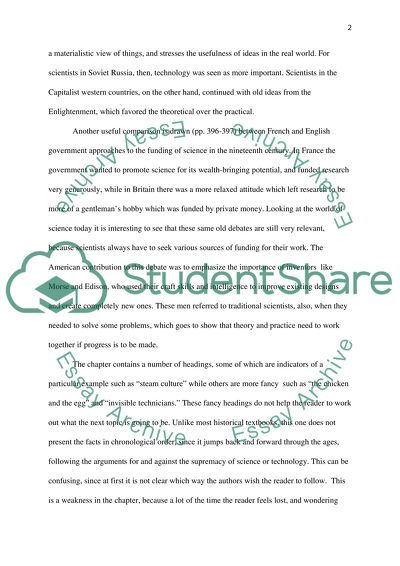Cite this document
(“History of Science - review a chapter of Peter Bowler and Iwan Morus's Essay”, n.d.)
Retrieved from https://studentshare.org/environmental-studies/1414953-history-of-science-review-a-chapter-of-peter
Retrieved from https://studentshare.org/environmental-studies/1414953-history-of-science-review-a-chapter-of-peter
(History of Science - Review a Chapter of Peter Bowler and Iwan Morus'S Essay)
https://studentshare.org/environmental-studies/1414953-history-of-science-review-a-chapter-of-peter.
https://studentshare.org/environmental-studies/1414953-history-of-science-review-a-chapter-of-peter.
“History of Science - Review a Chapter of Peter Bowler and Iwan Morus'S Essay”, n.d. https://studentshare.org/environmental-studies/1414953-history-of-science-review-a-chapter-of-peter.


